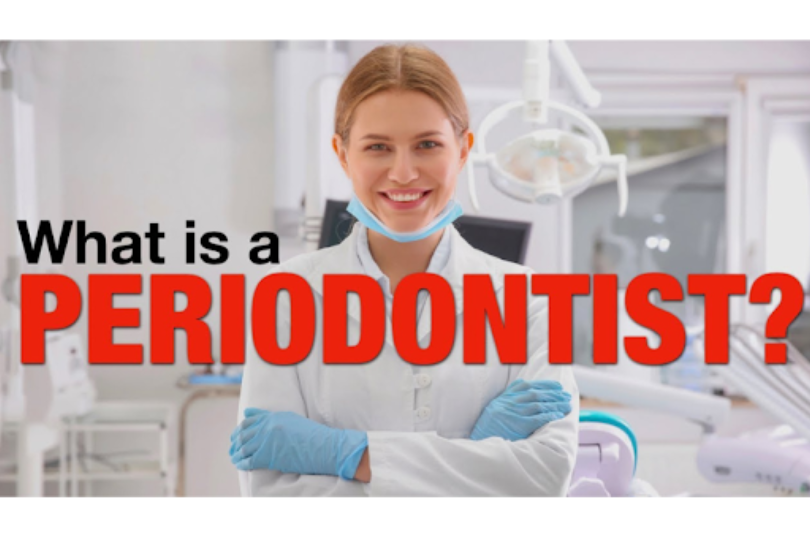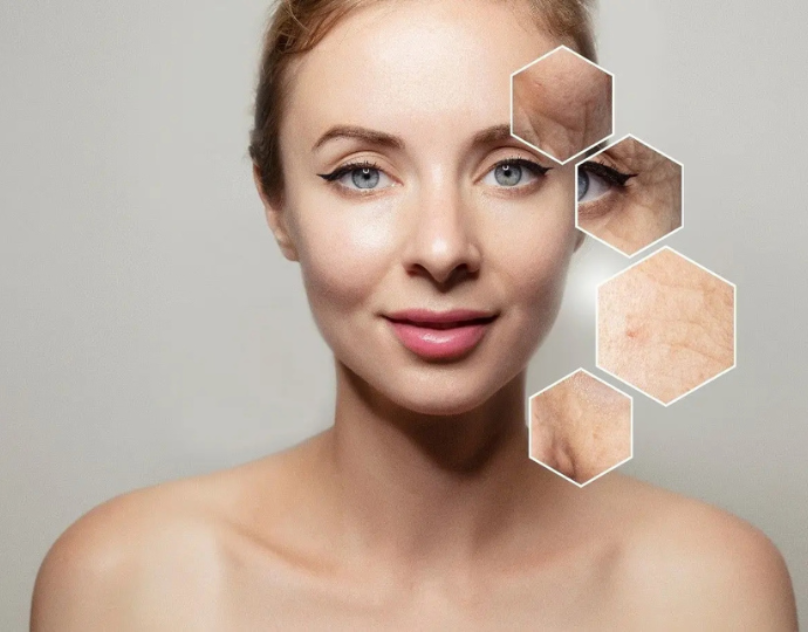For patients considering orthodontic treatment, the question often arises: Is Invisalign better than braces? Both Invisalign and traditional braces can straighten teeth effectively, but each comes with unique advantages, limitations, and considerations. This guide will help UK patients understand the differences, benefits, and challenges of each treatment to make an informed choice.
Understanding Invisalign and Traditional Braces
Invisalign clear aligners are a modern alternative to traditional metal or ceramic braces. These are removable trays made of transparent plastic, custom-made to fit your teeth, which gently move your teeth into their final position. Due to their near invisibility, true teeth-straightening is the reason why these braces have gained great favour among many adults and teens in the UK.
In traditional braces, the metal or ceramic brackets are attached to the teeth and held in place by wires. For many decades, this method of straightening teeth has been successfully applied for all sorts of major dental misalignment problems.
Pros and Cons of Braces and Invisalign
When considering orthodontic options, it’s essential to weigh the pros and cons of braces and Invisalign.
Invisalign Clear Aligners – Pros:
- Aesthetic Appeal: Invisalign clear aligners are virtually invisible, making them ideal for adults or teens concerned about appearance.
- Removable: Aligners can be taken out while eating, drinking, or brushing, allowing for better oral hygiene and fewer dietary restrictions.
- Comfort: Smooth plastic trays reduce irritation to the gums and cheeks compared to traditional braces.
- Predictable Treatment: Invisalign treatment is planned digitally, allowing patients to see potential results before starting.
Invisalign Clear Aligners – Cons:
- Discipline Required: Aligners must be worn for 20–22 hours a day for optimal results. Non-compliance can prolong treatment.
- Limited for Severe Cases: Very complex misalignments or bite issues may require traditional braces or other interventions.
- Cost: Invisalign clear braces tend to be slightly more expensive than metal braces due to customisation and technology involved.
Traditional Braces – Pros:
- Effective for Complex Cases: Braces can correct severe crowding, bite issues, and rotated teeth more efficiently than Invisalign clear aligners in some cases.
- No Compliance Issues: Unlike removable aligners, braces work continuously, so patients don’t have to worry about forgetting to wear them.]
- Cost-Effective: Traditional braces are generally less expensive than Invisalign treatment in the UK.
Traditional Braces – Cons:
- Aesthetic Concerns: Metal or ceramic braces are noticeable, which can be a concern for appearance-conscious patients.
- Dietary Restrictions: Sticky, hard, or chewy foods can damage brackets or wires.
- Oral Hygiene Challenges: Cleaning teeth thoroughly can be more difficult with braces, increasing the risk of plaque accumulation and cavities.
Invisalign Treatment Process
Undergo consultations to initiate the Invisalign treatment. The dentist or orthodontist will evaluate the condition of your teeth and your bite. A series of impressions or digital scans will be taken to customise the treatment plan. Patients will be given a series of aligners to use; each aligner will be used for about two weeks before they can move to the next.
The aligners will slowly guide the teeth to their final spots, but from time to time, check-up visits to your dentist are conducted to ensure the progress is on track. These patients are, therefore, allowed to remove their aligners during meals, sports, or social functions at their convenience.
Comparing Invisalign Clear Braces and Traditional Braces
When deciding whether Invisalign is better than braces, several factors come into play:
- Appearance: Invisalign clear braces are nearly invisible, while traditional braces are more noticeable.
- Comfort: With their smooth design, Invisalign aligners are less likely to cause irritation, while braces may occasionally lead to discomfort from brackets and wires..
- Treatment Duration: Both treatments can take 12–24 months, depending on the complexity, though some minor corrections may be faster with Invisalign.
- Maintenance: Invisalign aligners are removable and easy to clean, while braces require careful brushing and flossing around brackets and wires.
Invisalign and Dental Implants
In some cases, patients considering orthodontics may also require dental implants and Invisalign treatment. The aligners can realign natural teeth before the placement of an implant or adjust teeth around existing implants. A consultation with your orthodontist will ensure that any planned dental restorations are fully compatible with the Invisalign aligners used, allowing a combination of alignment and replacement to occur seamlessly.
Making the Right Choice
Ultimately, the question, if Invisalign is better than braces depends on individual needs and priorities:
- For adults and teens prioritising aesthetics and flexibility, Invisalign clear aligners are often the preferred option.
- Traditional braces are often the preferred solution for patients with significant crowding, jaw alignment issues, or complex orthodontic needs.
- Budget, lifestyle, and discipline in wearing aligners are additional factors to consider.
It’s essential to consult with a qualified UK orthodontist to discuss treatment goals, examine your teeth, and receive a personalised recommendation. Many practices offer digital simulations, allowing patients to visualise potential outcomes and make an informed choice between Invisalign treatment and traditional braces.
Conclusion
Both these orthodontic treatments are effective: Invisalign clear braces, as well as traditional braces. Making a choice will depend on individual needs, lifestyle, and aesthetics. On the other hand, traditional braces are effective even in complicated cases. Understanding the pros and cons of braces and Invisalign treatments, along with professional assistance, ensures that patients in the UK achieve a healthy, aligned, and confident smile.
FAQs
Q. Is Invisalign bracing better than the conventional one?
The decision is a personal choice based on individual needs. Invisalign clear aligners are best suited for those looking for aesthetics and flexibility, while conventional braces might do the work better in treating complicated misalignment.
Q. What is Invisalign treatment like?
Invisalign treatment is the use of custom-made clear aligners meant to be worn for 20-22 hours daily, changed every two weeks, and gradually putting teeth into position with check-ups intermittently.
Q. What differences distinguish clear braces of Invisalign from braces?
Invisalign clear aligners are removable and almost invisible, whereas traditional braces are fixed metal or ceramic brackets and wires. Aligners provide maximum comfort and flexibility, whereas braces may be better suited for rather severe cases of malocclusion.
Q. Dental implants go well with Invisalign.
Yes, dental implants could easily combine with Invisalign. Aligners can move natural teeth and then implant those moved teeth. Otherwise, aligners can move teeth around an existing implant.
Q. How long does it take to use Invisalign?
In most cases, teeth treatment would take about 12-24 months. Types of treatment are case-dependent. For example, minor corrections might even be completed faster than with traditional braces.



